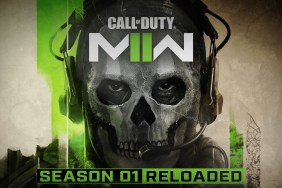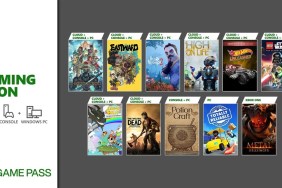No sign of decay.
Back
in
1998,
Metal
Gear
Solid
was
taking
over
the
Playstation
and
the
Nintendo
64
was
reveling
in
the
success
of
Ocarina
of
Time
(the
Sega
Saturn
was
sleeping
in,
or
something).
It
was
a great
time
to
own
a console,
but
the
PC
market
lacked
direction.
Nearly
every
release
seemed
to
be
just
another
version…










